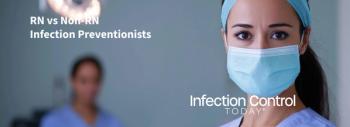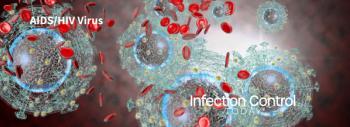
The Last of Us: Could it Really Happen?
Is the global community in danger of a fungal pandemic, as portrayed in the series The Last of Us? Infection Control Today® finds out.
The Last of Us, The HBO hit, is about a fungal infection that becomes a pandemic and destroys civilization. The characters are trying to exist in a post-outbreak world. The series is renewed for season 2 for excited fans, but how realistic is the storyline? With the ever-present thought of the COVID-19 pandemic, is the planet in danger of the global population succumbing to a pathogen, in this case, a fungus? And, if so, is the one featured in the series the pathogen that could?
To find out, Infection Control Today® (ICT®) spoke with Anne Meneghetti, MD, executive director of medical information at epocrates and an avid fan of the series. She discusses whether the series is factual and which, if any, pathogens could do what the series suggests could happen.
“There are deadly invasive infections that often happen in immunocompromised patients in the hospital or patients who have cancer, organ transplants, HIV AIDS, serious chronic respiratory conditions, where infections can go deep in and cause fungal encephalitis,” Meneghetti told ICT.
She also mentions meningitis. “They can cause the entire body to be affected and can be very deadly. And we've seen that, for example, with Candida auris, which is an emerging global health threat that’s typically seen in hospitalized patients, some of these fungi are resistant to multiple classes of drugs. It is a real concern.”
Meneghetti clarifies that she is not worried about the fungus noted in The Last of Us—cordyceps fungus—causing a global zombie apocalypse. However, “there is real concern to be had with some of these fungi, especially in immunocompromised patients, and they're becoming more and more resistant to the drugs that we have. There are not a lot of new antifungal drugs in the pipeline that are being developed.
"It's difficult to know exactly how prevalent some of these fungal infections are because there hasn't been a lot of attention, funding, and surveillance about fungal infections globally. So we don't really know, and in some cases, there's not great tests to even know if there's a specific fungus the way that we have some sort of like rapid tests for certain viruses and certain bacteria, so it's a little bit difficult to know exactly how prevalent they are.”
Newsletter
Stay prepared and protected with Infection Control Today's newsletter, delivering essential updates, best practices, and expert insights for infection preventionists.






